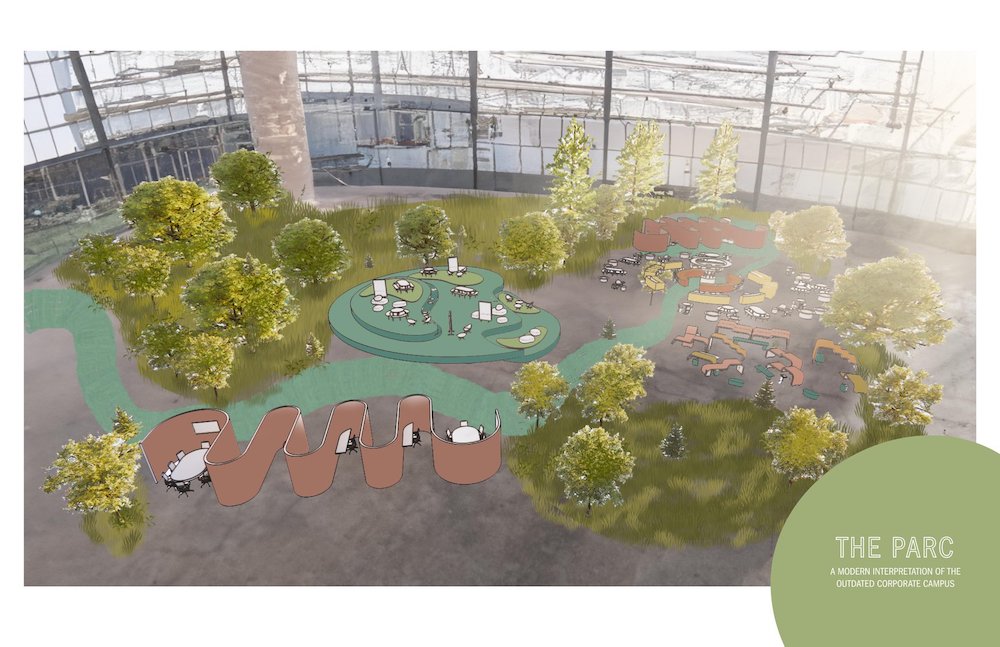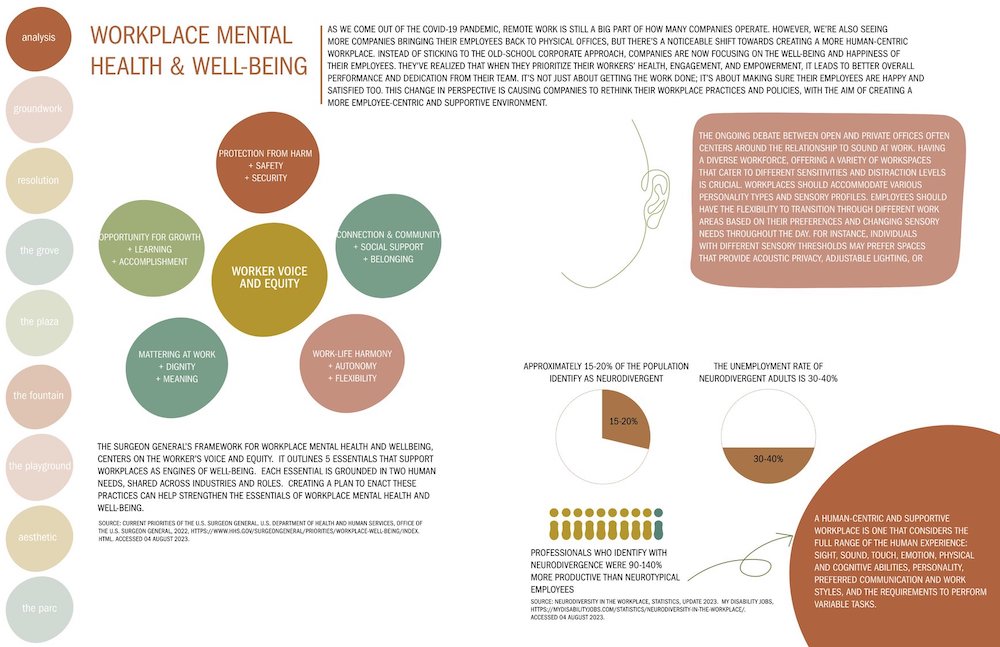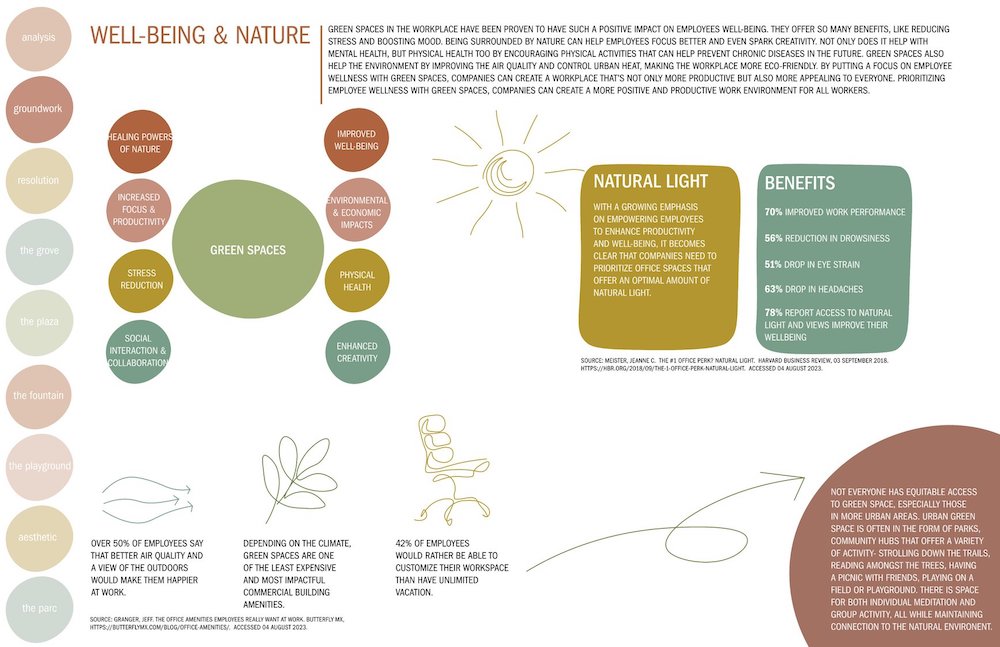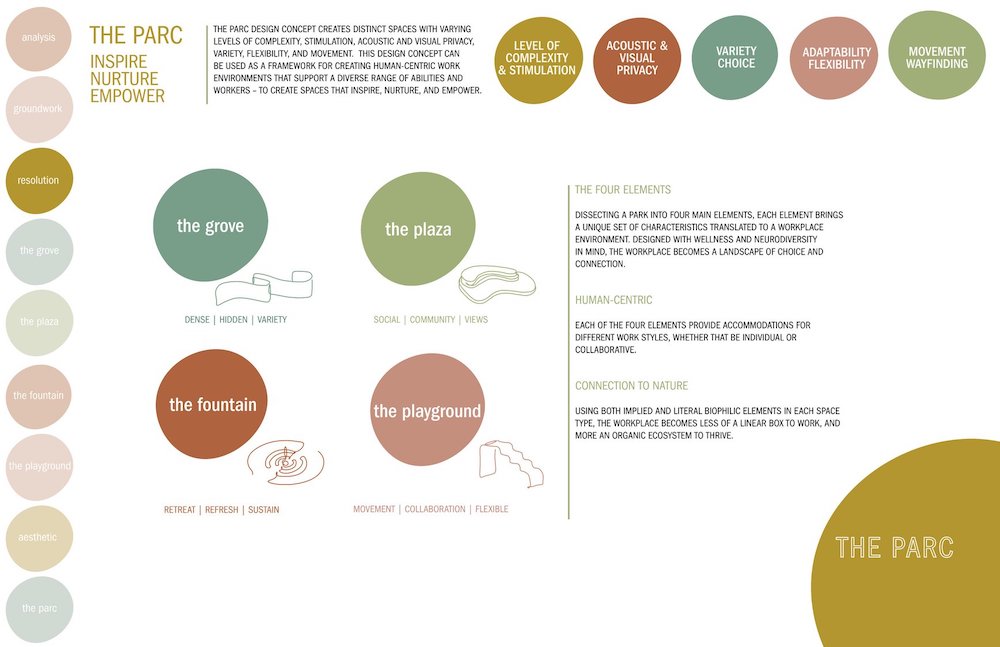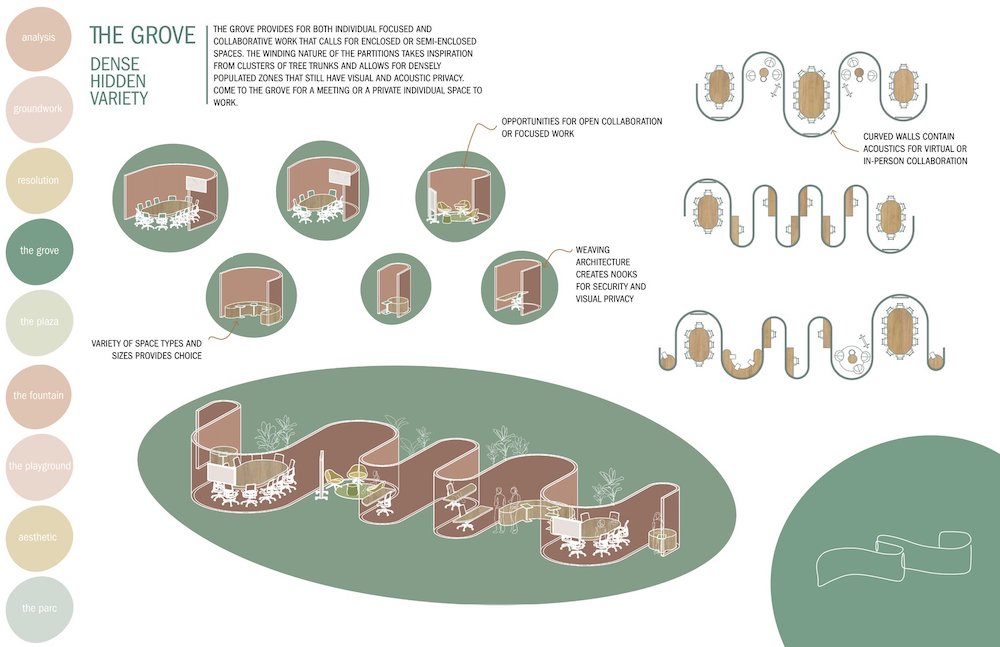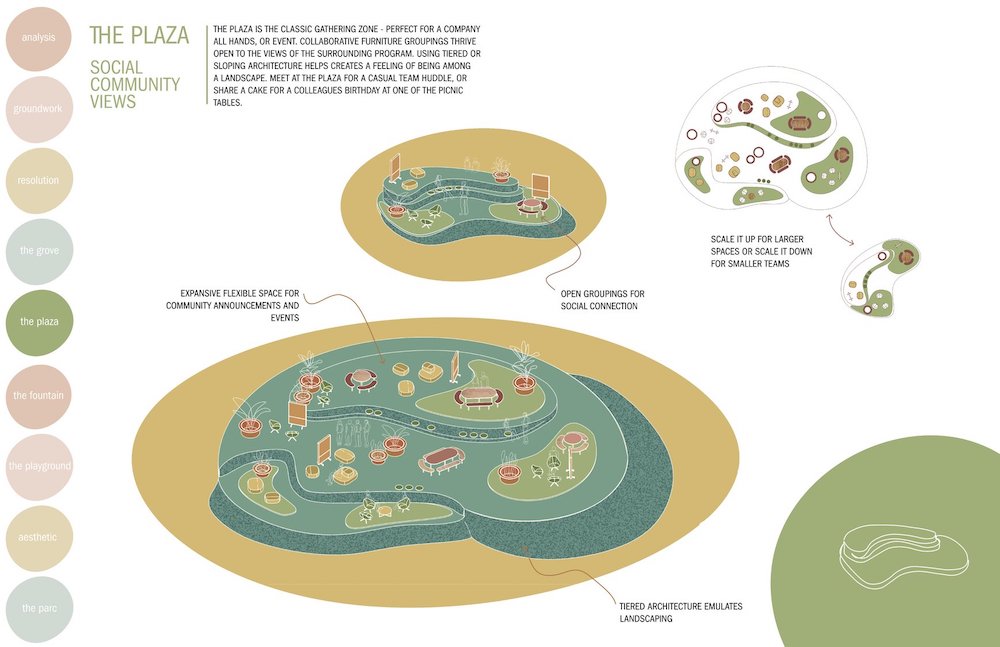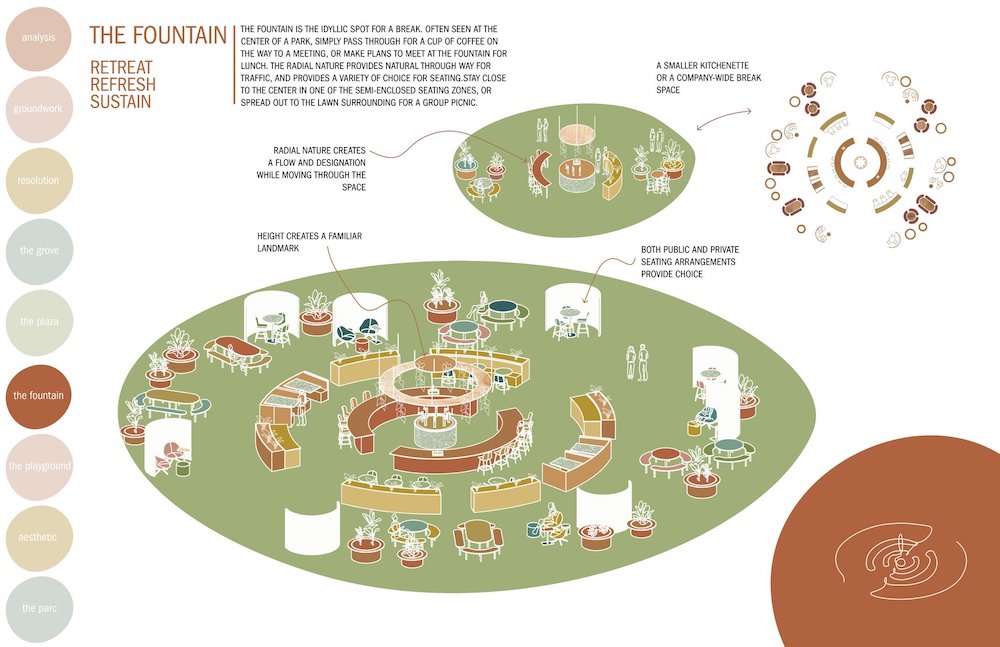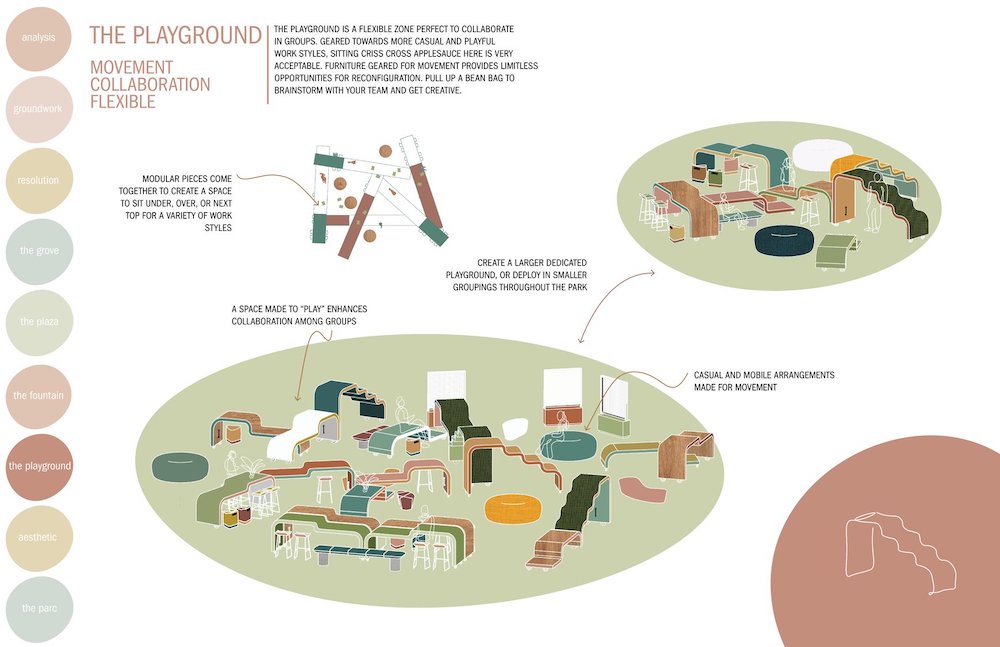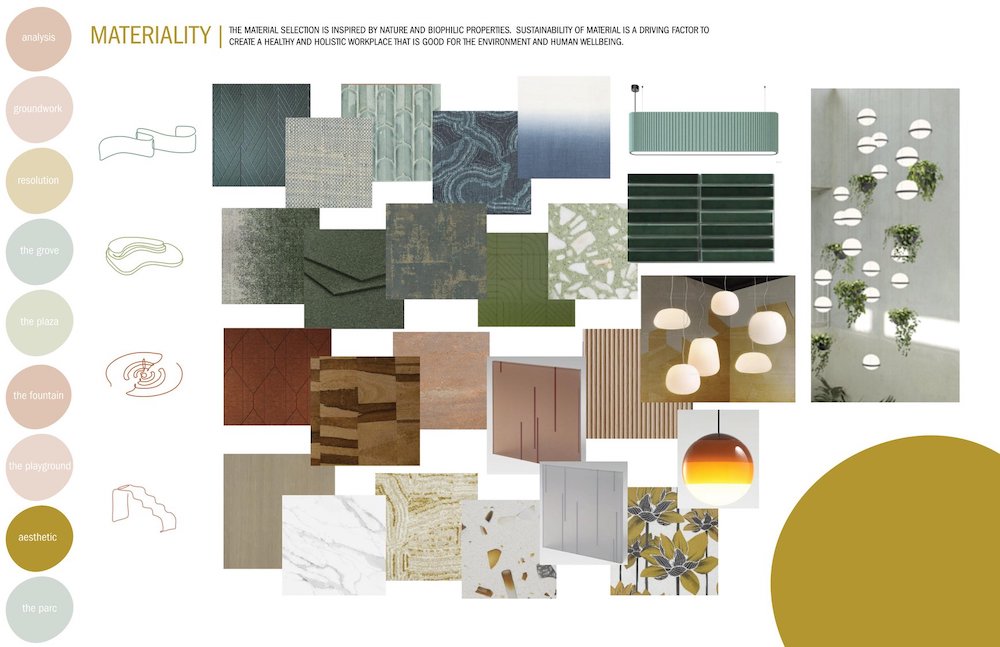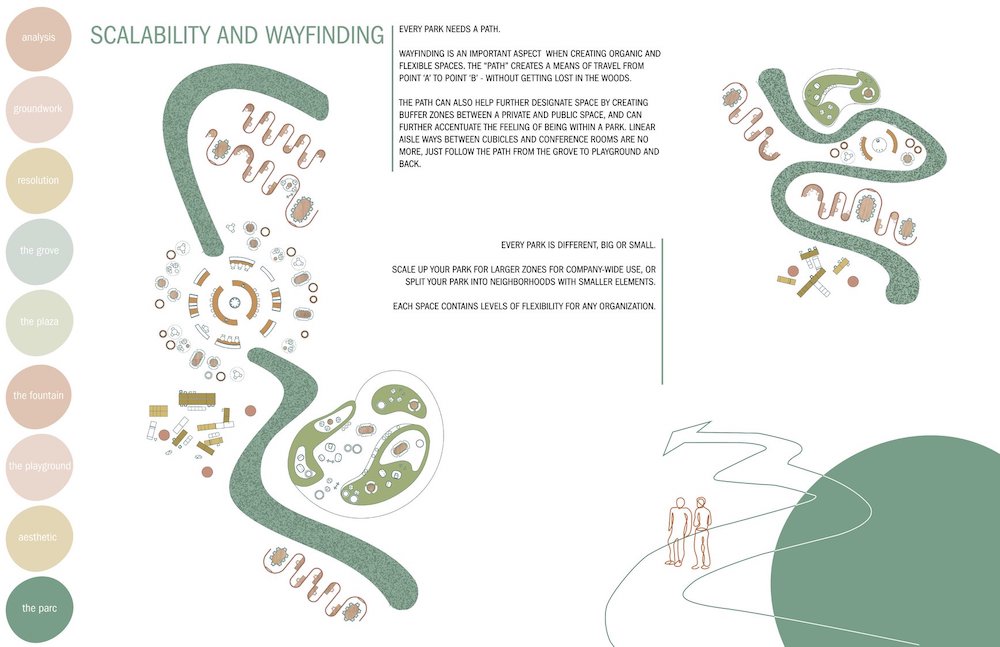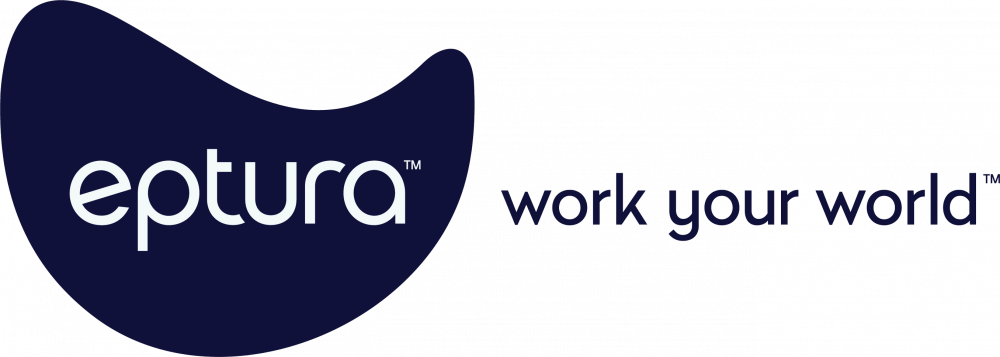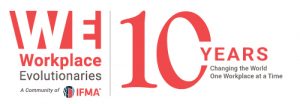Meet 2023 Next Work Environment Competition Human Sustainability, Return to Office, & Experimental Shared Experiences category winners, DESIGN+BUILD Workspace and their Parc submission.
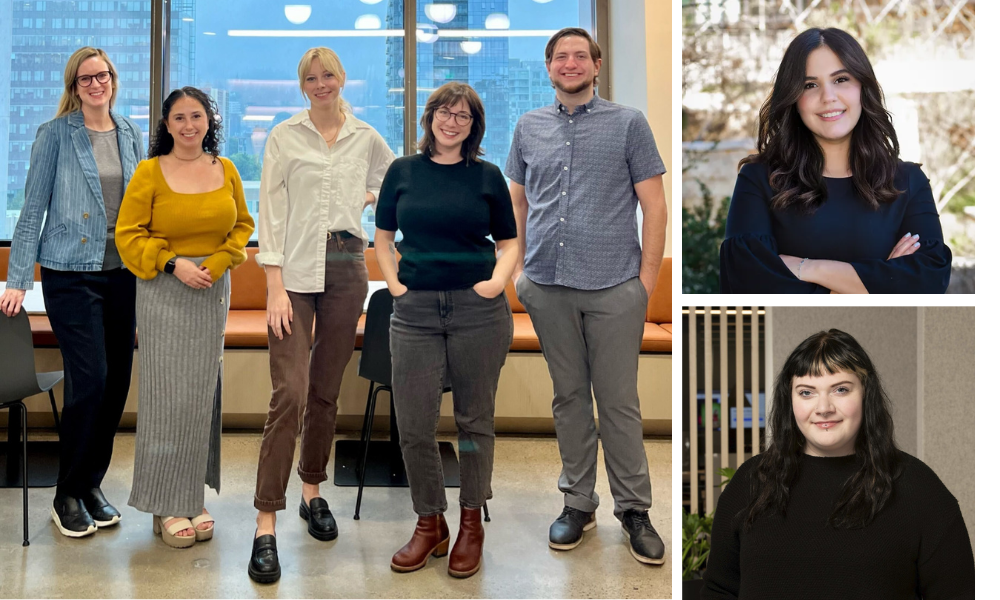
DESIGN+BUILD: We are so thrilled with the response from the judges on The Parc conceptual project! It was an absolute joy to work on – diversity, equity, inclusion, and mental health are passion points for everyone on the team, and being from Portland, coupling these ideologies with biophilic components promoted a natural progression from ideology to final concept.
Just like the natural environment, our concept adapted and evolved throughout the entire process. Since submitting to the competition, we’ve had time to reflect on a few of the Parc spaces that didn’t make the cut, such as The Pavilion (for conference and display), The Sandbox (makerspace and brainstorm hub), and The Parc Bench (touchdown spaces). We’ve also taken a lot of the research and response we got from The Parc project as a whole to implement in our day-to-day work, especially in regard to neurodiversity in the workplace.
As a team, we are always looking for ways to push the boundaries of design, with both people and planet as the catalysts for positive growth and innovative solutions.
You can keep up with what’s next for the DESIGN+BUILD Workspace team by following them on Instagram.
Check out the slideshow and summary of the submission below:
As we continue to emerge from the pandemic, a hybrid work plan is proving to be how many companies are choosing to operate. The future of hybrid work may show the balance between remote and in-person work starting to shift towards more days in a physical office. The Gensler Global Workplace Survey Comparison of 2023 found that “globally, office workers say they need to spend more time in the office than they currently do to maximize productivity” and “that people spend 42% of their time working with others”. As employees spend an increased amount of time collaborating with their colleagues in the physical office, it will become more important that the office is designed as a place that supports its users. This is a shift in design thinking to create a more human-centric workplace that focuses on the wellbeing and happiness of all users.
A human-centric and supportive workplace is one that considers the full range of the human experience: sight, sound, touch, emotion, physical and cognitive abilities, personality, preferred work and communication styles, and the requirements to perform variable work tasks. Companies that create spaces that emphasize workers’ health, well-being, engagement, and empowerment, can achieve better overall performance and dedication from their team. The U.S. Surgeon General has created a framework for workplace mental health and wellbeing, which centers on the worker’s voice and equity.
We believe that focusing on the worker’s voice and equity is also a main tenant of inclusive design. Inclusive design is creating environments that support a wide range of users, including those with different physical and mental abilities. Individuals with neurodiversity, which includes various ways of thinking, make up 15-20% of the population (source). To make sure neurodiverse employees feel comfortable and thrive at work, there are several key design areas to consider: finding the right balance between levels of stimulation and calm, creating spaces with varying levels of privacy, providing options for movement and flexibility, and wayfinding strategies that appeal to various senses.
When discussing these key design areas to consider for inclusive design, we start to see how they align with the 5 essentials that support workplace wellbeing. The next step is finding a way to implement this mindset when making specific design choices and decisions. In our research, we also found many sources that emphasized the positive impacts of nature and green spaces on wellbeing through views, light, color, acoustics, air quality, patterns, and movement. However, many populations do not always have direct access to nature, and we see that parks are an excellent way to bring green spaces to communities.
This is how we came to create our concept for workplace design solutions based on parks. The Parc Design Concept creates 4 distinct spaces with varying levels of complexity, stimulation, acoustic and visual privacy, variety, flexibility, and movement. This design concept can be used as a framework for creating human-centric work environments that support a diverse range of abilities and workers – to create spaces that inspire, nurture, and empower.

